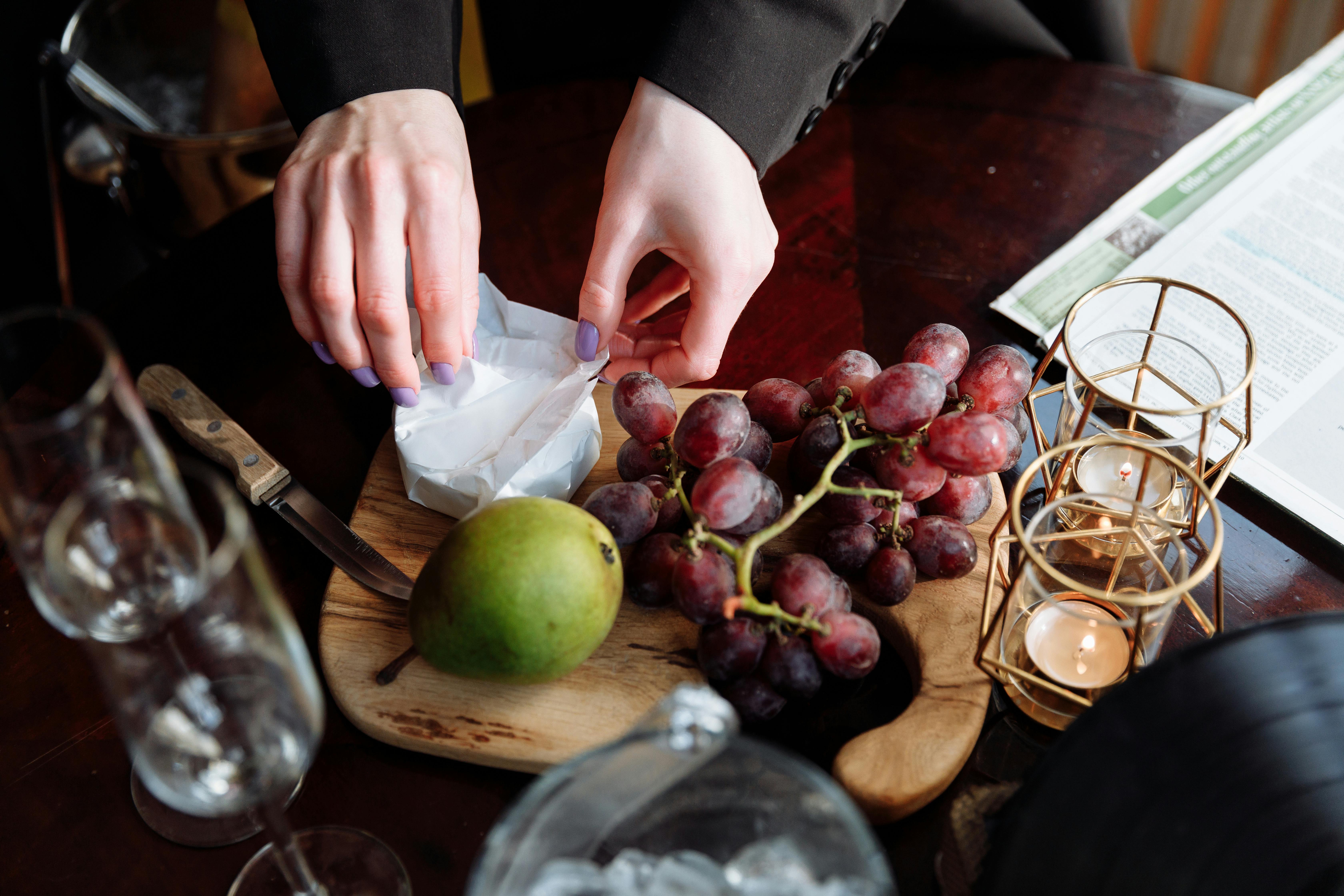
Ideas for sharing stories with children – Part Two
In part one, we looked at five suggested variations on the bedtime story concept and some additional ways parents and others can share precious moments and create some precious memories with their children. Let’s continue with suggestion number 6.
6. Let your children develop their own versions of the events that might occur after the print story ends. What could happen to the characters next? What other adventures could they have? What happened to the characters before the story began? How would the story be different if it had been set in a different place or time period? Suppose your child was one of the characters in the book. Which would he or she choose?
7. Expand any creative possibilities that can help your children maximize their intellectual and imaginative powers. For example, follow up a story with a larger art project at a later date. Build a diorama of the setting from the story, or rebuild the setting from the story using ordinary objects you find around your house. A sofa could represent a ship lost at sea, a rug could be a magic carpet, a kitchen table could be a stall in an open-air market, full of exotic wares.
8. Encourage children to make up their own stories or retell their favorite fairy tales. This could be done orally and recorded on a computer or tape recorder for posterity. Older children can write their own stories and create fully illustrated books or web pages. You could even make copies to distribute to family or friends. Some children may work together to produce a group story in which each child in turn contributes the next story element. Alternatively, each child can contribute one item to a collective work of stories, poetry, or jokes.
9. Use puppets to retell an old or new story. Puppets add remarkable zest to storytelling, enchanting young and old alike. They bring stories to life and encourage children to turn stories into dialogue, adding an exciting new twist to developing your child’s verbal skills. Children can dress up puppets or dolls they already have, or they can even build their own puppets, costumes, and sets. Go a step further once in a while and write a script, then activate it for other kids in the neighborhood.
10. Try a simple, old-fashioned, no-fuss technique called “Draw and Tell” stories. In these short stories, you draw the elements of a simple story as you tell it. For example, the story may refer to two cookies and a leaf, among other things. When the story is over, your children will be delighted to discover that those drawn fragments have created a unified drawing that represents the theme of the story. Suddenly those two cookies function as the two eyes of a girl and that leaf appears to be the girl’s mouth and the set of unrelated objects now looks like a single simple drawing of a girl. Easy-to-use draw and tell story collections are available from various sources, and there’s no preparation or special materials required, just a sheet of paper and a marker.
11. After reading a book, help your children create their favorite characters out of paper, cardboard, fabric scraps, pieces of felt, or other materials. Paper plates and cardboard tubes from toilet paper rolls are two of my favorite craft materials. Kids can add more details with yarn scraps, cotton balls, dried macaroni, sequins, and the like. These characters can be proudly displayed in your child’s room as a monument to the child’s creativity and as playful reminders of all the great books that have been read. Such figures can also be used to act out stories.
12. Keep a costume box filled with odd items such as old clothes, scarves, other accessories, and jewelry. Add to it regularly and pull from it whenever your kids want to play dress-up and act out a new story. Make character masks too, using some paper plates or paper or cardstock bags. Add to this treasure trove some relevant accessories, be they scepters or swords, wands or baskets. Whether homemade or store-bought, the financial investment is negligible. This growing box of props can be used for everything from impromptu re-enactments of new stories to full-blown amateur theatrical productions at home or at school. Add drums, toy drums and the like, and you can also introduce the element of music into such creative play sessions.
I hope this collection of proven story-enhancing ideas inspires you to revisit the techniques you’ve used in the past and expand your repertoire to other activities that may be new to you. There is a lot children can learn by reading, listening, and retelling stories. Stories help children develop language skills such as vocabulary, listening comprehension, reading and writing. In addition, they help children improve their critical thinking skills, reasoning skills, and imagination. Some of the ideas listed above can also encourage children to appreciate art, learn to look at visual environments more closely, and reach their own artistic potential and other forms of creativity. Unleash your children’s imagination and the rewards for you and your children may surprise you.
There’s nothing like a cozy bedtime read, just you and your child sharing a story while enjoying a few precious minutes of time together at the end of a busy day. No other activities or fancy props are required, but by experimenting with some of these suggested techniques from time to time, you can keep the experience fresh and full of surprises. This, in turn, will forever keep your children captivated by the magic of stories and storytelling.